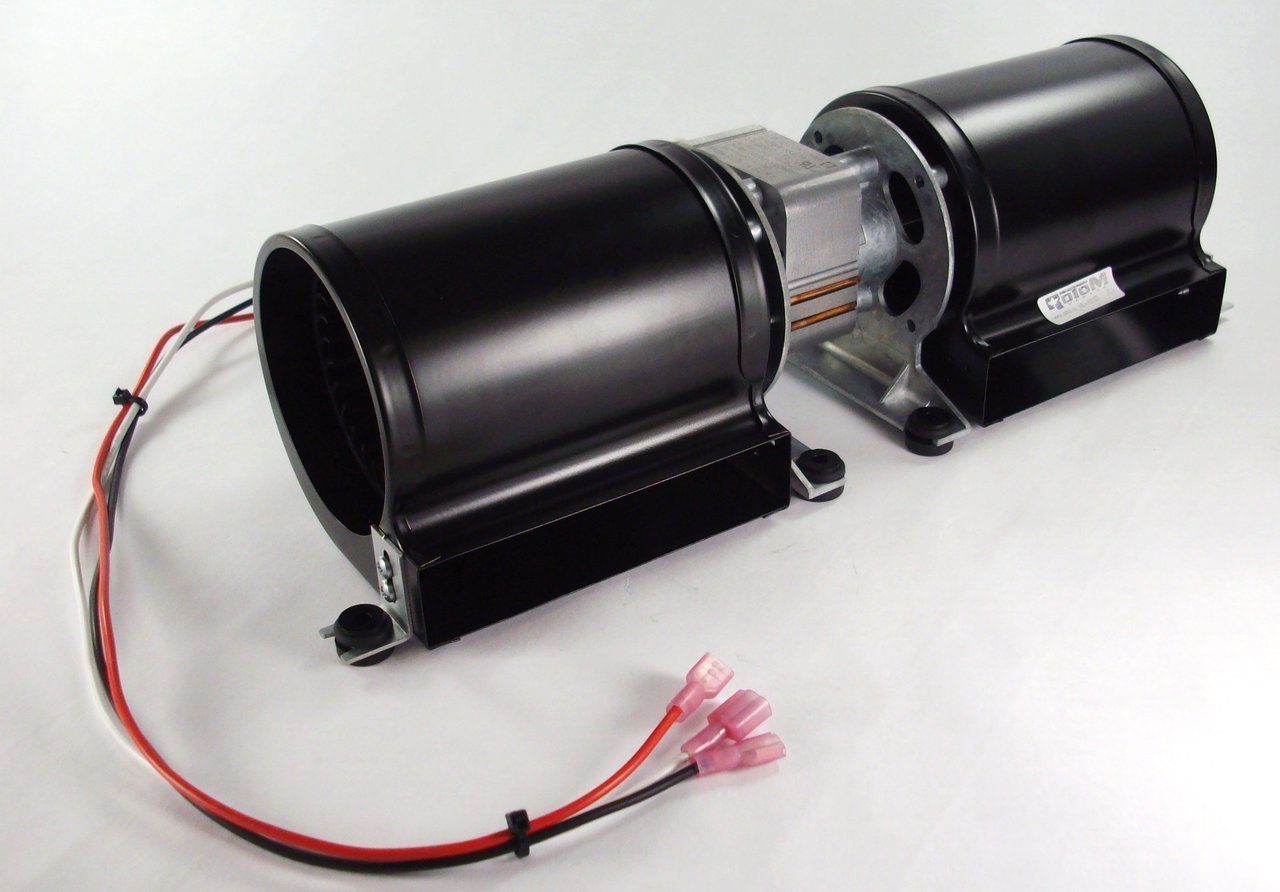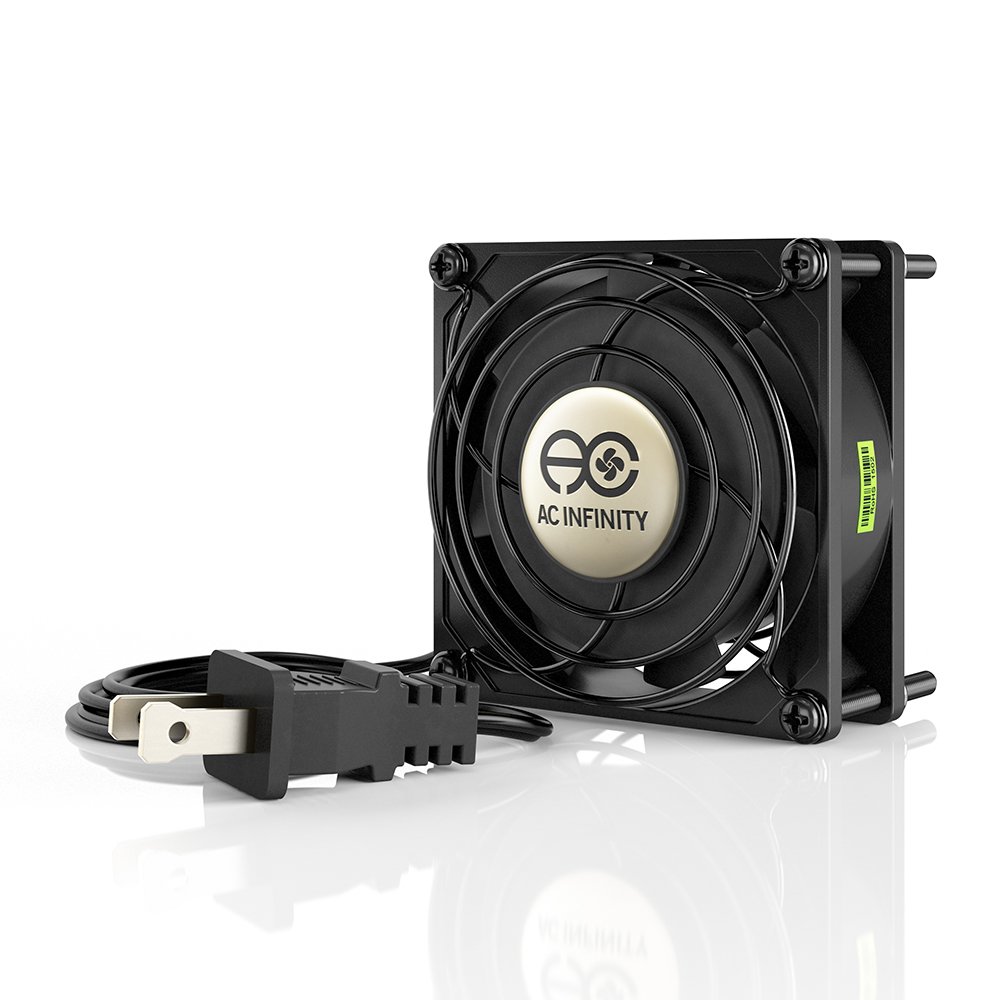TromboneAl
Give me a museum and I'll fill it. (Picasso) Give me a forum ...
- Joined
- Jun 30, 2006
- Messages
- 12,880
Out woodstove-like fireplace has a fan (in the bottom) that blows air around the firebox and out, like this:

Note that it does not get very hot where the fan is.
The fan is going bad, and I'd like to replace it with a much smaller, quieter unit.
I'm thinking that even if there's much less airflow, the air that flows through will be hotter. Therefore the efficiency of the heating will not decrease as much as expected.
For example: Airflow cut by 50%, efficiency cut by only 20%.
Is my reasoning faulty?

Note that it does not get very hot where the fan is.
The fan is going bad, and I'd like to replace it with a much smaller, quieter unit.
I'm thinking that even if there's much less airflow, the air that flows through will be hotter. Therefore the efficiency of the heating will not decrease as much as expected.
For example: Airflow cut by 50%, efficiency cut by only 20%.
Is my reasoning faulty?



